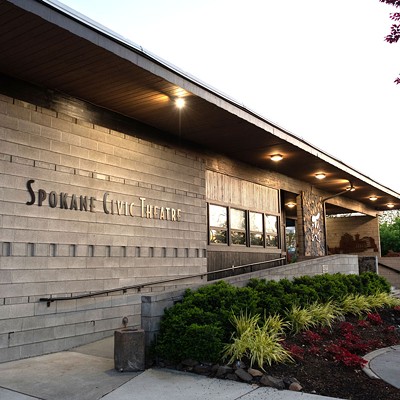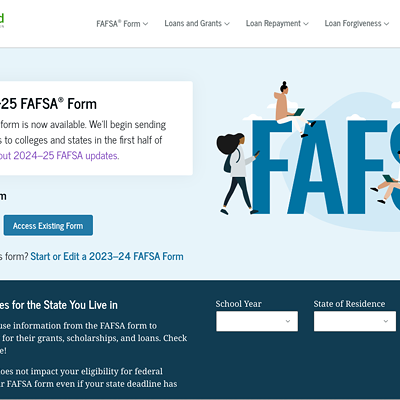Monday, November 9, 2015
Manufacturers have become more efficient — here's why that's challenging for food banks
The cupboards are looking a little bare at the eight Communities in Schools sites in Spokane and Cheney. Ideally, site coordinators have food to hand out to hungry kids to take home to their families, but supplies are running low.
"We have food pantries in all of our sites, right now most of the pantries are empty," says Chuck Teegarden, executive director of Communities in Schools. "Donations are down to Second Harvest."
Each year, at Second Harvest Food Bank, the number of non-perishable shelf-stable donations has decreased, says Rod Wieber, the food bank's chief resource officer.
"Those things do shrink," he says, "We know it’s a fact of life."
That's not necessarily because people are getting less generous, however. Back in the '80s and '90s, Wieber says, big companies like Kraft and General Mills would pump out products like Cheerios or Macaroni and Cheese. But there would be a certain percentage that never sold, and they'd deliver it to food banks.
"They would donate that by the semi-load to food banks," says Wieber.
But with new innovations, more data, and better ways of managing inventory, the amount of extra product that manufacturers write off each year has fallen dramatically.
"They got smarter and got more lean and efficient," Wieber says. "They would produce their product as their retailers need it."
And with that, the non-perishable food stores at food banks across the country have fallen. It hasn't been as dramatic on Spokane, Wieber says, as in food banks in spots that, say, were located right next to Quaker Oats.
In fact, Second Harvest in Spokane has adapted in a way that's actually increased the amount of food they have on hand and made it more nutritious.
"As that [non-perishable] inventory level has shrunk, we’ve been able to offset and increase it dramatically with other commodities that are so much better," Wieber says. "We’re handing out million of pounds of fresh produce."
With partnerships with farms, ranches, and dairies, the amount of fresh food coming to the bank has grown dramatically.
"Six to nine years ago, 35 percent of what we distributed was fresh and perishable," Wieber says. "Today 70 percent of is fresh and perishable."
That's particularly crucial because the type of low-income people who get food from food banks often bypass the pricey produce aisle, despite its nutritious value.
Still, non-perishables are an important part of a food bank, particularly to give to groups like Communities in Schools. Many of the schools they work with may not have refrigeration space to keep produce fresh.
And there's another problem when it comes to getting produce home with kids, who can be a bit squirrelly at times: "Literally getting produce back home with a child is difficult to accomplish," says Teegarden. "When you have
That's what makes local food drives so important. Second Harvest can always use more canned food, in
Click here to find more information about how to donate or help.
Tags: Second Harvest; Education; Communities in Schools , News , Image






















